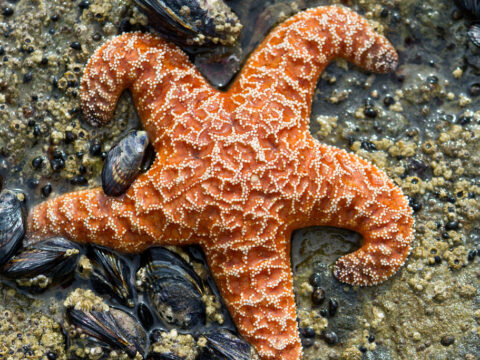
Natural plant dyes have been around for hundreds of years, and have been very helpful to many First Nations communities in Canada with dyeing clothing. There are dyes for each different colour made from a variety of trees, flowers, barks, leaves, and berries.

Deathcaps are one of the deadliest mushrooms in the world, and you can find them in Victoria. I have yet to see one at Bowker Creek but trust me, they are around. So if you do decide to go foraging, make sure you can identify mushrooms properly and always double check your finds. Linked here is a short video about deathcaps and a brief explanation on how to identify them.

Here is a small paper I wrote about coprinoid mushrooms, and how to identify different species you find around Victoria.

We have the power to slow down global warming, by making small changes in our everyday life. However, if we do not make these changes soon, it will be too late. Humans have to start making smarter choices around energy consumption and environmental awareness. The Earth needs our help, and we have the power to save it.

The Ochre Sea Star is a large creature that can grow to 30 centimetres. It can be identified by its rigid white spines, and they are usually brown, orange or purple. These huge sea stars have very few enemies and predators, but they are sometimes eating by sea birds or otters. They usually live up to 20 years.

Bowker Creek is a watershed located in Oak Bay. Our class and the Oak Bay community is working to restore the creek back to its original state. We are working on testing the creek to measure its health, and will be removing invasive plant species. The creek is a crucial ecosystem, and it is home to many important organisms.

Giant Green Sea Anemones are marine invertebrates that can grow to about 18 centimetres. They are carnivores that mostly eat small fish and crabs. These anemones have algae living inside them, but these algae do not contribute to their vibrant green color. There can be up to 14 green anemones within 3 square feet.

Sea levels are rising due to climate change, as the oceans absorb 80% of the heat. Rising sea levels are also caused by the melting of glaciers, which is changing the runoff to evaporation ratio. This has a tragic effect on coastal habitats as it will cause destructive erosion, wetland flooding, pollution in the rocks and soil, and habitat loss.








